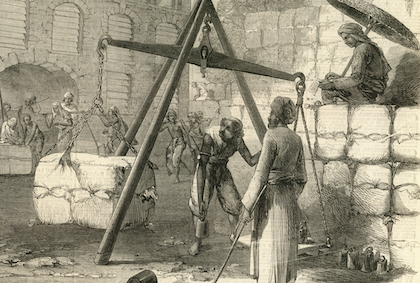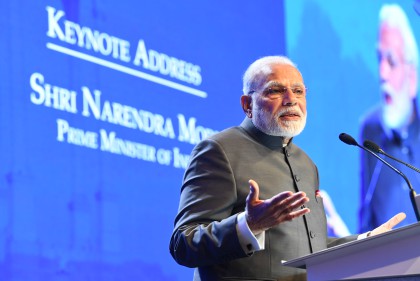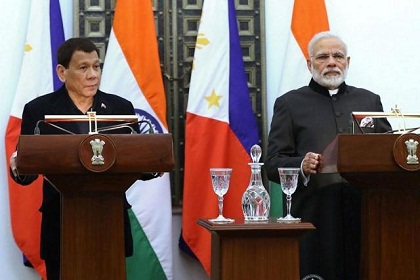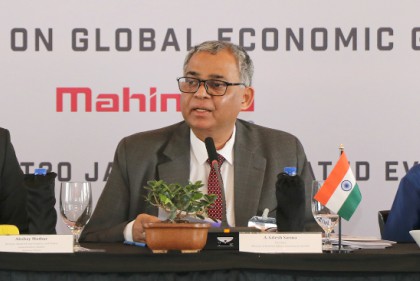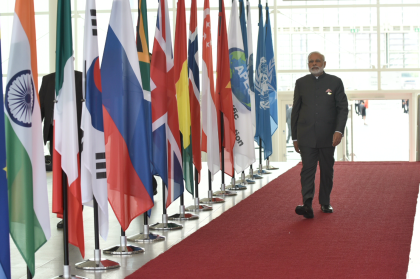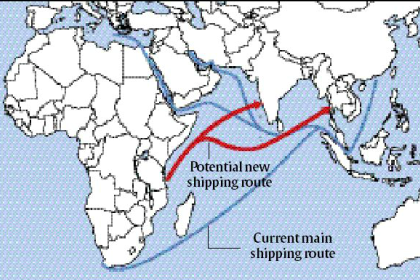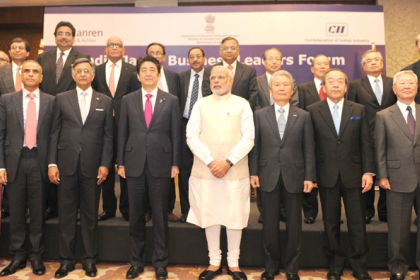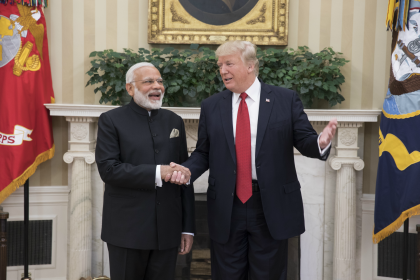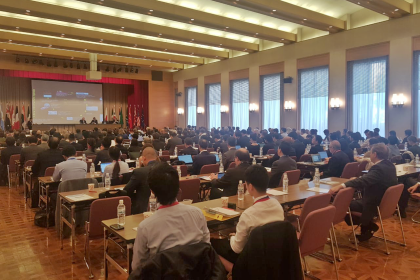Imperial Japan’s trade with Bombay
Prior to the Second World War, Bombay had established merchant networks with several Japanese port cities and they drove an enormous global trade in cotton and textiles between the Indian subcontinent and Imperial Japan. Business has become a renewed priority for both countries today, offering fresh opportunities for collaboration

